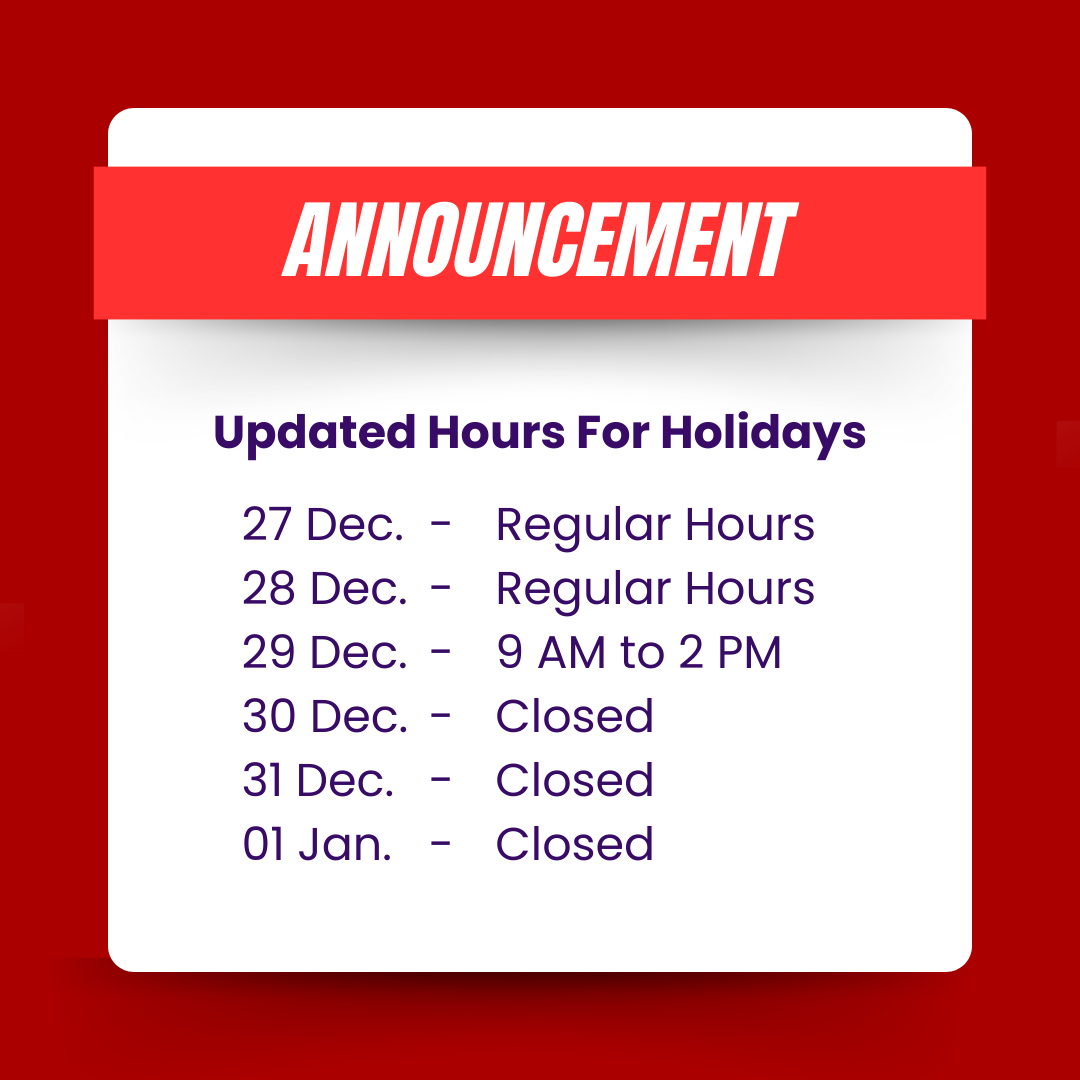Obtaining a driver’s license is a significant milestone for many individuals, marking newfound independence and responsibility. In Ontario, Canada, the graduated licensing system is designed to ensure that new drivers gain experience and develop safe driving habits before obtaining full driving privileges.
At the initial stage of this system is the G1 license, which comes with specific restrictions and requirements. Understanding how G1 driving restrictions work is crucial for new drivers and their families to navigate the roads safely and legally. Discover how understanding G1 driving restrictions in Ontario can save you money on car insurance premiums!
The Graduated Licensing System in Ontario
Ontario’s graduated licensing system consists of three stages: G1, G2, and finally, the full G license. Each stage comes with its own set of privileges, restrictions, and requirements. The G1 license is the first step in this process and is typically obtained after passing a written knowledge test and a vision test.
With a G1 license, drivers are permitted to operate a motor vehicle under certain conditions, but they must adhere to strict restrictions aimed at promoting safety and skill development.
G1 Driving Restrictions
- Supervised Driving Only
Perhaps the most significant restriction of the G1 license is that drivers are only permitted to drive while accompanied by a fully licensed driver who has at least four years of driving experience. This accompanying driver must have a blood alcohol level of less than 0.05 percent and must occupy the passenger seat beside the G1 driver. This restriction ensures that new drivers have the guidance and support they need as they gain experience on the road.
- Time of Day Restrictions
Another important restriction imposed on G1 drivers is related to the time of day they are allowed to operate a motor vehicle. Specifically, G1 drivers are prohibited from driving between the hours of midnight and 5 a.m. This restriction is in place to reduce the likelihood of new drivers encountering hazardous nighttime driving conditions, such as reduced visibility and increased risk of encountering impaired drivers.
- Passenger Restrictions
In addition to being accompanied by a fully licensed driver, G1 drivers are limited in the number of passengers they can transport. Specifically, G1 drivers are only permitted to have one additional passenger in the vehicle, unless the passengers are immediate family members (e.g., parents, siblings). This restriction aims to minimize distractions for new drivers and reduce the likelihood of accidents caused by overcrowded vehicles.
- Zero Blood Alcohol Content
One of the most important restrictions for G1 drivers is the requirement to maintain a blood alcohol content (BAC) of zero while operating a motor vehicle. This means that G1 drivers are not permitted to consume any alcohol before driving, as even small amounts can impair judgment and reaction times. Violating this restriction can result in severe penalties, including fines, license suspension, and mandatory participation in an alcohol education or treatment program.
Consequences of Violating G1 Restrictions
It’s essential for G1 drivers to understand that violating the restrictions of their license can have serious consequences. Depending on the nature of the violation, penalties can range from fines and demerit points to license suspension and mandatory participation in a remedial driving program. Additionally, accumulating demerit points can delay the progression to the next stage of the graduated licensing system, prolonging the time it takes to obtain a full G license.
Tips for G1 Drivers
- Practice Regularly with a Licensed Driver
Since G1 drivers are required to be accompanied by a fully licensed driver whenever they operate a motor vehicle, it’s essential to take advantage of this opportunity for supervised practice. Regular practice sessions with a licensed driver can help G1 drivers gain confidence behind the wheel, improve their driving skills, and become familiar with different road and traffic conditions.
- Respect the Restrictions
While it may be tempting to test the limits of G1 driving restrictions, it’s important for new drivers to respect and adhere to these rules. Ignoring the restrictions not only puts the safety of the driver and passengers at risk but also increases the likelihood of facing legal consequences and delays in obtaining a full G license. By following the restrictions and driving responsibly, G1 drivers can demonstrate their commitment to safe driving practices.
Conclusion
The G1 license is the first step in Ontario’s graduated licensing system and comes with specific restrictions aimed at promoting safety and skill development among new drivers. Understanding how G1 driving restrictions work is essential for new drivers to navigate the roads legally and responsibly. By adhering to the restrictions, practicing regularly, and respecting the rules of the road, G1 drivers can build the foundation for a lifetime of safe and responsible driving. Learn how mastering G1 restrictions can unlock better car insurance rates for young drivers!







